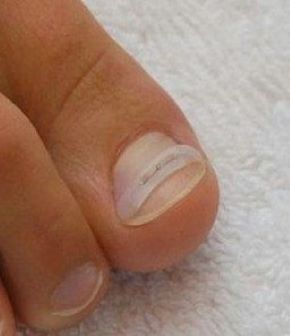A bunion is an unnatural, bony hump that forms at the base of the big toe where it attaches to the foot. Often, the big toe deviates toward the other toes. When this occurs, the base of the big toe pushes outward on the first metatarsal bone — which is the bone directly behind the big toe — forming a bunion. If this happens on the little toe and fifth metatarsal, it’s called a bunionette.
Because a bunion occurs at a joint, where the toe bends in normal walking, your entire body weight rests on the bunion at each step. Bunions can be extremely painful. They’re also vulnerable to excess pressure and friction from shoes and can lead to the development of calluses.
What Causes Bunions?
Foot problems typically develop in early adulthood and get worse as the foot spreads with aging. For many people, bunions run in the family. They may be just one of several problems due to weak or poor foot structure. Bunions sometimes develop with arthritis. In people with leg length discrepancies, bunions usually form in the longer leg.
Women are especially prone to developing bunions. Years of wearing tight, poorly fitting shoes — especially high-heeled, pointed shoes — can bring on bunions. Such shoes gradually push the foot bones into an unnatural shape.






